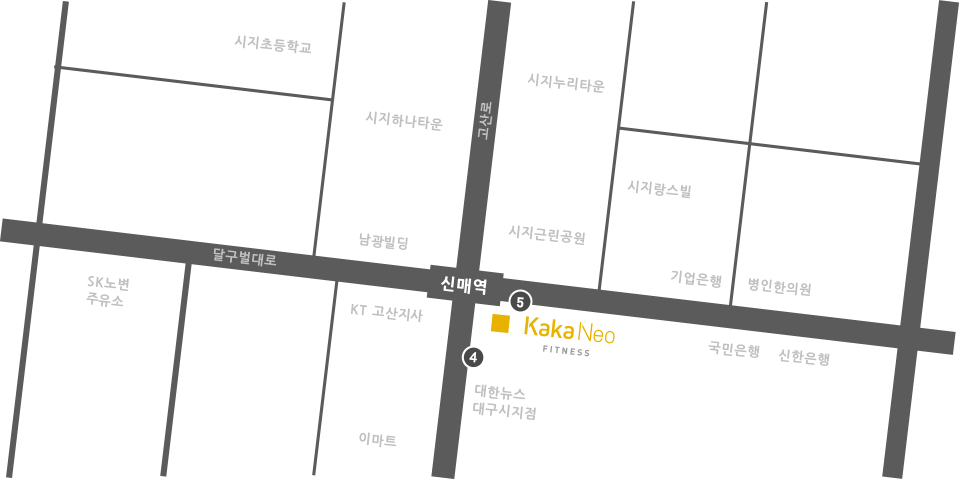The Evolution of the Paper Rolling Machine: A Revolution in Manufactur…
페이지 정보
작성자 Daniel 작성일24-06-28 08:26 조회2회 댓글0건본문
The paper rolling machine has been a crucial tool in the manufacturing industry for centuries, revolutionizing the process of paper production and contributing to the growth of various industries worldwide. From its humble beginnings as a simple hand-operated device to the sophisticated automated machines found in modern factories, the evolution of the paper rolling machine has been a testament to human ingenuity and innovation.
 In the early days of paper production, paper was made by hand using a labor-intensive process that involved manually cutting, sizing, and rolling individual sheets of paper. This method was slow, inefficient, and subject to human error, leading to inconsistencies in the quality and size of the finished product. The introduction of the paper rolling machine in the 19th century marked a significant milestone in the history of papermaking, allowing manufacturers to produce paper in large quantities with greater speed and precision.
In the early days of paper production, paper was made by hand using a labor-intensive process that involved manually cutting, sizing, and rolling individual sheets of paper. This method was slow, inefficient, and subject to human error, leading to inconsistencies in the quality and size of the finished product. The introduction of the paper rolling machine in the 19th century marked a significant milestone in the history of papermaking, allowing manufacturers to produce paper in large quantities with greater speed and precision.
The first paper rolling machines were simple in design, consisting of a set of rollers mounted on a frame that were manually operated by a worker. These machines greatly increased the efficiency of the papermaking process, enabling manufacturers to produce consistent, high-quality paper at a faster rate. However, as demand for paper continued to grow, there was a need for more advanced and automated machines to meet the needs of the industry.
Throughout the 20th century, advancements in technology led to the development of more sophisticated paper rolling machines that were capable of handling larger rolls of paper and operating at higher speeds. These machines incorporated features such as automatic feed mechanisms, precision cutting blades, and electronic controls to improve productivity and quality control. As a result, the paper industry experienced a rapid expansion, with manufacturers able to produce a wider range of paper products in various sizes and thicknesses.
One of the most significant innovations in paper rolling machine technology was the introduction of computerized controls and automation systems. These systems allowed manufacturers to program the machines to perform specific tasks with a high degree of precision and visit here consistency, reducing the risk of human error and improving overall production efficiency. Computerized controls also enabled manufacturers to monitor and adjust various parameters in real-time, ensuring that the machines operated at peak performance and minimized downtime.
In addition to automation, advancements in materials and design have also played a significant role in the evolution of paper rolling machines. Modern machines are constructed using high-quality materials that are durable, lightweight, and corrosion-resistant, ensuring long-term reliability and performance. The design of the machines has also been optimized for efficiency and ease of use, with features such as quick-change tooling, ergonomic controls, and safety sensors to enhance productivity and worker safety.
Today, paper rolling machines are an essential component of the papermaking process, enabling manufacturers to produce a wide range of paper products efficiently and cost-effectively. From newspapers and magazines to packaging materials and sanitary products, paper rolling machines play a crucial role in meeting the diverse needs of consumers and businesses worldwide. As technology continues to advance, we can expect to see further innovations in paper rolling machine design and functionality, further enhancing the efficiency and sustainability of the paper manufacturing industry.
 In the early days of paper production, paper was made by hand using a labor-intensive process that involved manually cutting, sizing, and rolling individual sheets of paper. This method was slow, inefficient, and subject to human error, leading to inconsistencies in the quality and size of the finished product. The introduction of the paper rolling machine in the 19th century marked a significant milestone in the history of papermaking, allowing manufacturers to produce paper in large quantities with greater speed and precision.
In the early days of paper production, paper was made by hand using a labor-intensive process that involved manually cutting, sizing, and rolling individual sheets of paper. This method was slow, inefficient, and subject to human error, leading to inconsistencies in the quality and size of the finished product. The introduction of the paper rolling machine in the 19th century marked a significant milestone in the history of papermaking, allowing manufacturers to produce paper in large quantities with greater speed and precision.The first paper rolling machines were simple in design, consisting of a set of rollers mounted on a frame that were manually operated by a worker. These machines greatly increased the efficiency of the papermaking process, enabling manufacturers to produce consistent, high-quality paper at a faster rate. However, as demand for paper continued to grow, there was a need for more advanced and automated machines to meet the needs of the industry.
Throughout the 20th century, advancements in technology led to the development of more sophisticated paper rolling machines that were capable of handling larger rolls of paper and operating at higher speeds. These machines incorporated features such as automatic feed mechanisms, precision cutting blades, and electronic controls to improve productivity and quality control. As a result, the paper industry experienced a rapid expansion, with manufacturers able to produce a wider range of paper products in various sizes and thicknesses.
One of the most significant innovations in paper rolling machine technology was the introduction of computerized controls and automation systems. These systems allowed manufacturers to program the machines to perform specific tasks with a high degree of precision and visit here consistency, reducing the risk of human error and improving overall production efficiency. Computerized controls also enabled manufacturers to monitor and adjust various parameters in real-time, ensuring that the machines operated at peak performance and minimized downtime.
In addition to automation, advancements in materials and design have also played a significant role in the evolution of paper rolling machines. Modern machines are constructed using high-quality materials that are durable, lightweight, and corrosion-resistant, ensuring long-term reliability and performance. The design of the machines has also been optimized for efficiency and ease of use, with features such as quick-change tooling, ergonomic controls, and safety sensors to enhance productivity and worker safety.
Today, paper rolling machines are an essential component of the papermaking process, enabling manufacturers to produce a wide range of paper products efficiently and cost-effectively. From newspapers and magazines to packaging materials and sanitary products, paper rolling machines play a crucial role in meeting the diverse needs of consumers and businesses worldwide. As technology continues to advance, we can expect to see further innovations in paper rolling machine design and functionality, further enhancing the efficiency and sustainability of the paper manufacturing industry.
댓글목록
등록된 댓글이 없습니다.






